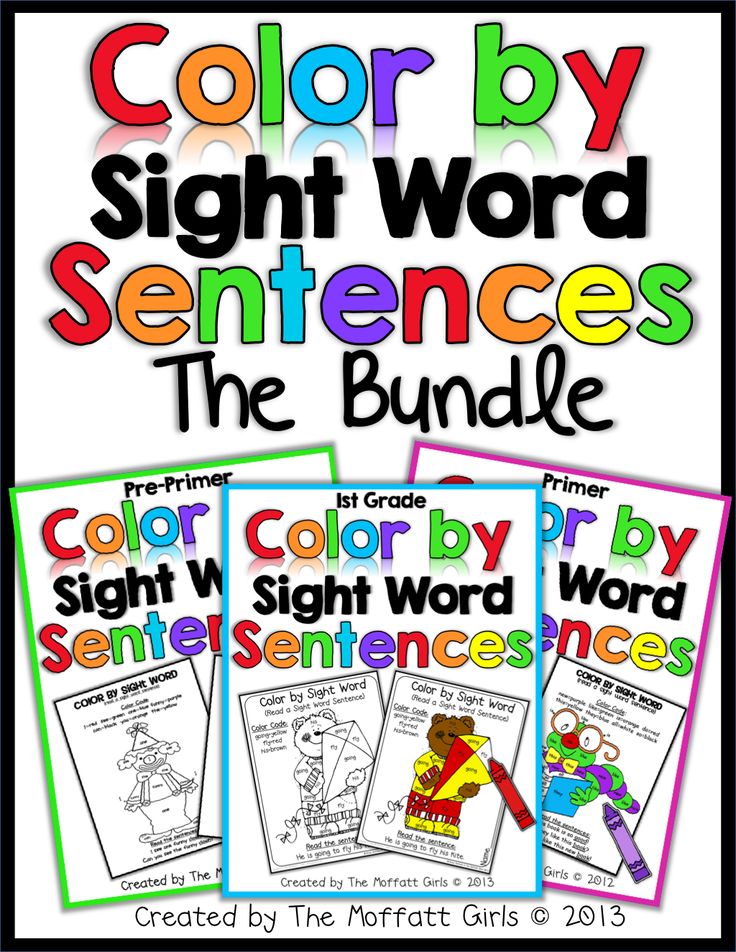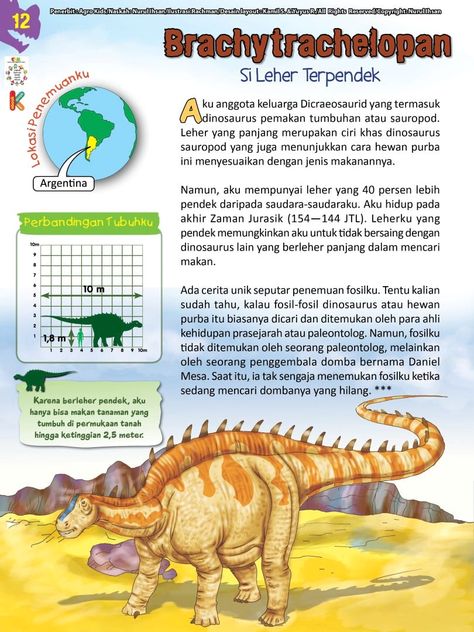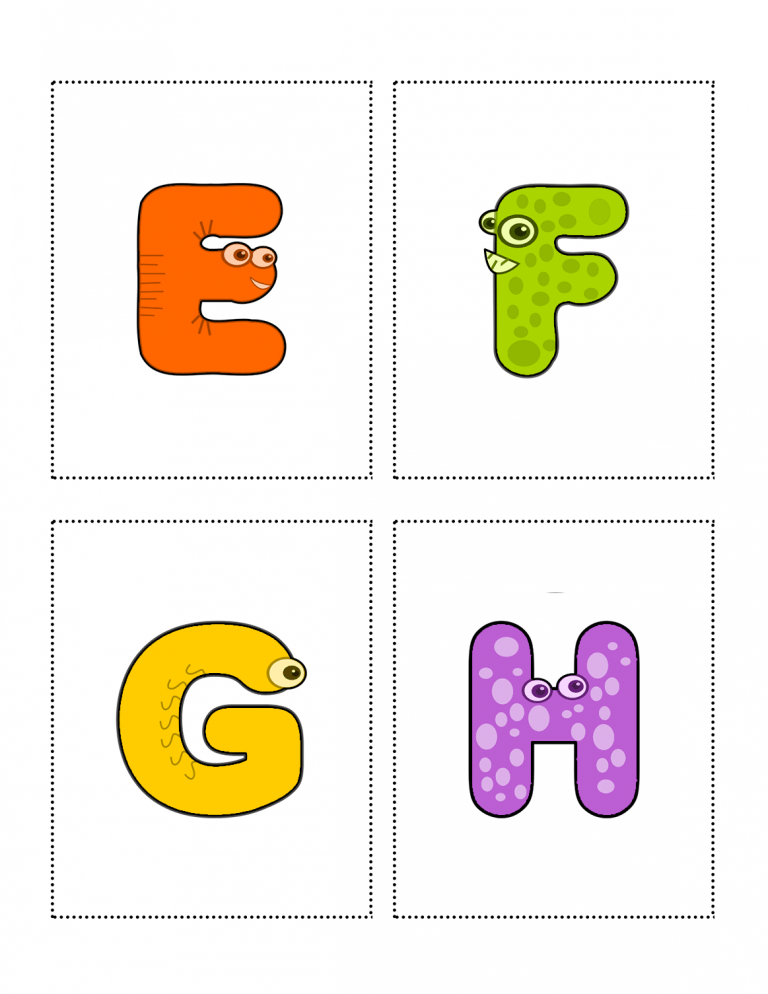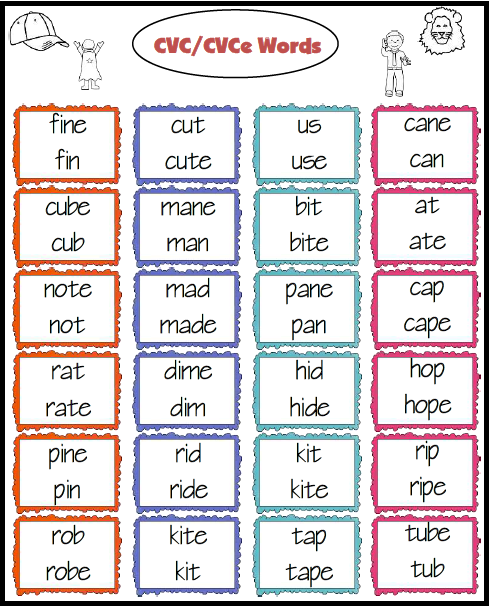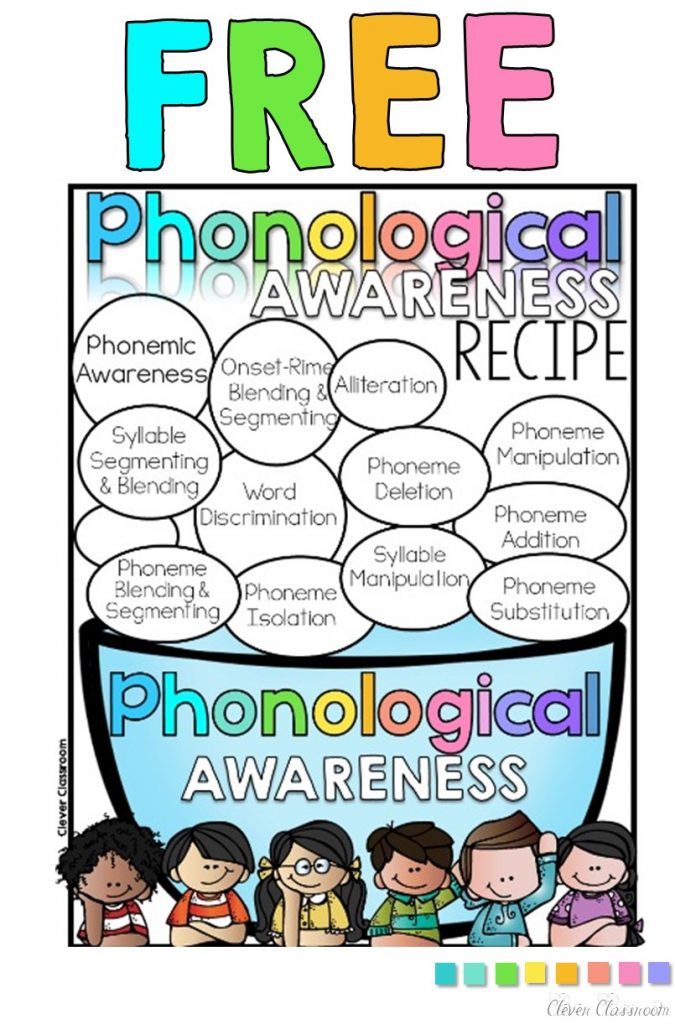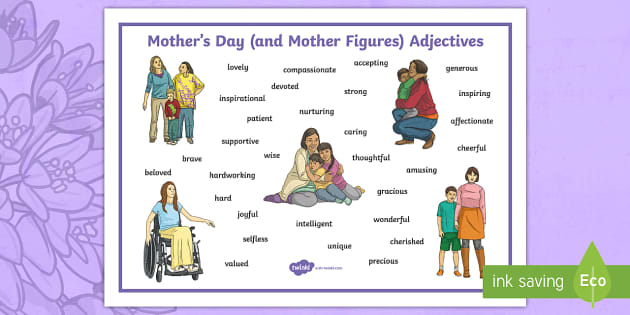Reading exercise for kindergarten
8 Fun-Packed Kindergarten Reading Activities
Once upon a time, my daughter was the most adorable literacy bug. When she was two — but a cherubic blob — she would sit herself down with a book and trace the lines of the pictures with her itty-bitty sausage fingers.
These days, it’s inconceivable that my energetic kindergartener is that same ready reader.
I feel as though I only see her in blurs — running outside, climbing a tree, zooming down the street on her bike and gobbling food down in a flash.
Join me in anchoring your human lightning bolt down, and engage your little one with these kindergarten reading activities.
These fun kindergarten reading activities draw kids in with the promise of the same high-energy excitement that takes them everywhere else as they get a daily, fun dose of literacy.
1. Make up rhymes
Songs like the ultra silly, “Down by the Bay”, serve several purposes. Besides being torturously hard to stop humming long after your child has gone to bed, the impromptu rhyming in this song allows for some great reading skill building.
When children come up with rhyming words, they are first recognizing that words can be grouped together (by ending sound), and are practicing phonemic awareness (the skill that allows them to identify and manipulate beginning sounds of words).
Sing the song with your child, first using the standard lyrics. Then, take the kookiness to the next level by putting them on the spot to come up with rhymes after “Did you ever see a________,”
Here is some inspiration to get you going:
“A mosquito eating a burrito?” “A witch scratching an itch?” and “A beagle petting an eagle?”
2. Play “Zap!”
This high frequency word game works best with two or more players.
To set up the game, first begin by grabbing 25 Popsicle sticks. Then, write 6 or 7 sight words onto 22 sticks. Common words include “I”, “we”, “the”, “me”, “my”, “is” and “a.” On the remaining three sticks, write the word “ZAP.”
Place all Popsicle sticks in the coffee can your child has been banging on all day.
Play works like this: each player takes turn drawing a stick. If they can correctly read the word, they keep it. If not, they return it to the can.
The object of the game is to collect the most Popsicle sticks in a given time. If a player draws a “ZAP” stick, they must return all of their words to the can.
Set a three-minute timer and vary difficulty of play by including more or less words, depending on your child’s reading level.
3. Make an ABC book
Grab 13 sheets of paper, cut them in half and bind your book by stapling the ends together.
Have your child come up with pictures or words for each of the pages (corresponding to each letter of the alphabet), personalizing each page to his liking.
For example instead of the standard, “A is for apple,” boring nonsense, your child may come up with “A is for ‘awesome,’” a word that my kid overuses the heck out of, honestly.
Once your child’s 26-page masterpiece is complete (note: this activity can span over a few days, because I wish my kid would sit still for a 26 page book), encourage him to use it as reading reference.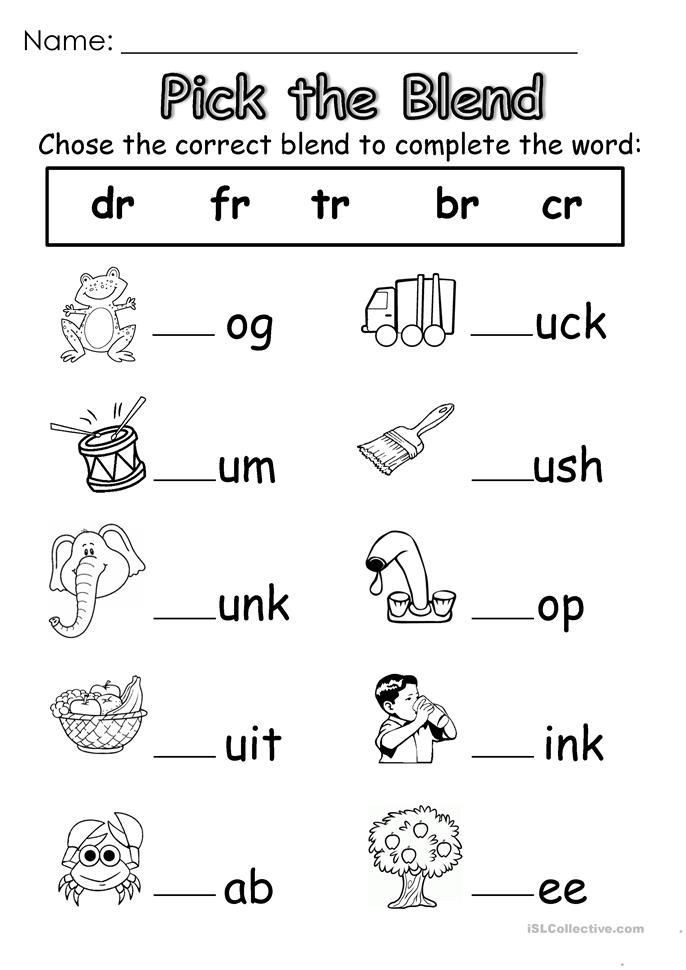
When he can’t quite think of that one letter sound, reach for this baby for some quick, personalized help.
Pro Tip: Help Your Child Become Better at Reading
Enroll your child for the Atlas Mission and let your child play with this award-winning educational program. Your child will become better at reading without even realizing it!
4. Word stretching
This kindergarten reading activity requires zero materials but demands a ton of mental muscle flexing.
Focus on oral blending, a crucial — and for kindergarteners, often the most “But I don’t wanna!” — part in learning to read. Your child will take the corresponding sounds of a word and slowly put them together.
Begin with simple, three-letter words.
First, show your child how you will physically stretch out a word by putting your hands together like you’re holding a giant imaginary rubber band. Next, stretch out that rubber band as you blend out the word “c-a-t.”
When you have fully stretched out the word, clap your hands together (mimicking the bouncing back of a rubber band) and say “cat. ”
”
Once you have given your child plenty of guided blending practice, have him try to stump you as he blends a word.
5. Dramatic readings
Here you’ll be focusing on reading with a dramatic twist.
Begin by repurposing the Popsicle sticks and can from “Zap.” Then, decide how the first player will read out the drawn word. Fun dramatic voices to use include:
- An old man
- A baby
- A lion
- A nagging parent (the imagination that will be required!)
- A bear (using a deep voice)
Make sure you have a large empty space, so your child can appropriately get into character. The person who chooses the first word reads out in the character assigned.
Play continues with the person who just read a word choosing the voice-type for the next player, or until words become incomprehensible through giddy laughter.
6. Create a phonics wall
Get ready for some of the most artistically questionable (but cool and literacy-boosting) drawings.
Challenge your child to come up with a poster that depicts the sound of a letter.
Start with your child’s letter choice and go from there. There is no picture idea too silly. A picture of bats bowling and queens quacking? If it makes sense to your child and satisfies the letter sound criteria, let them go for it.
Hang those posters up proudly!
When she constantly surrounds herself with personalized and meaningful reading tools, your child will be far more likely to want to engage with reading.
7. Read rebus sentences
A rebus sentence uses a picture or a symbol as a stand-in for words. This is an easy, entertaining way for your child to learn to read and write.
Take the lead as you inspire your little one. Start by creating simple rebus sentences like I “heart” you — with the heart serving as a stand-in for the word “love.” Scatter rebus sentences around the house.
The use of pictures and symbols provides a fun mystery element that will make your child want to engage in reading now.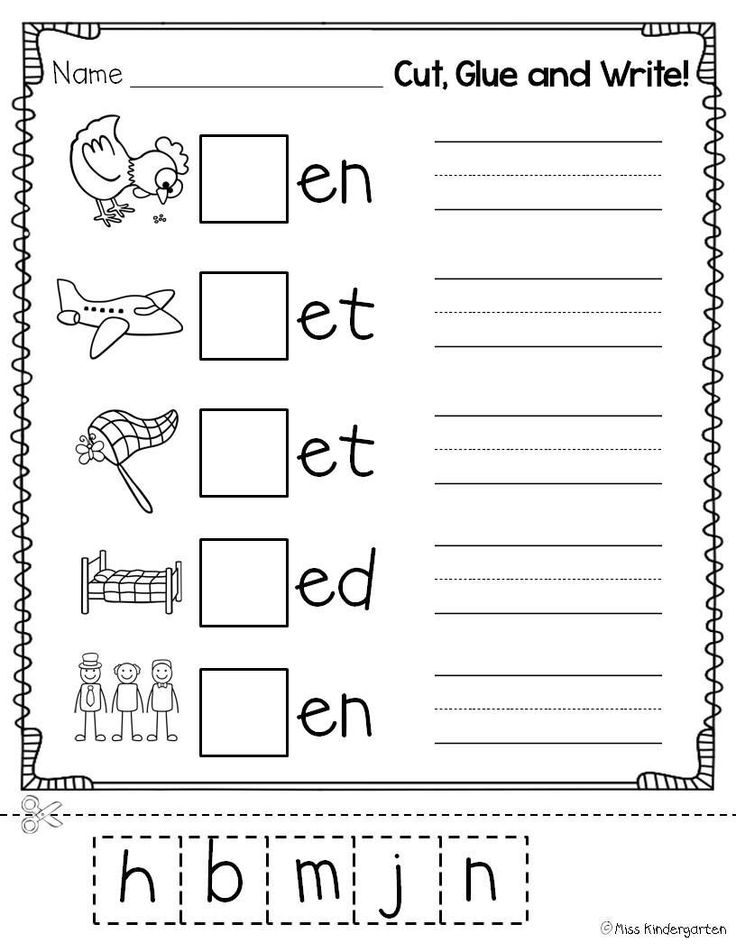
Sooner rather than later, encourage your child to respond back.*
Do your best to decipher the stick scribbles your child leaves behind.
* If your child is not yet confident in her artistic ability (or if, like yours truly, you have never been confident in yours), use stickers for picture stand-ins.
8. Carnival toss and blend
This reading activity takes the concept of the ultra addicting (and money draining) ski ball and repurposes it for some kindergarten literacy fun.
Begin by grabbing 4 solid-colored plastic cups, a permanent marker and some tape.
Then, label the inside (near the top) of each cup with an easy word blend like “st,” “bl,” “cl,” and “qu.” Lastly, fold over a large piece of tape onto itself and place it on the bottom of your cup to anchor those babies down to the floor.
Arrange cups in any formation. So long as the cups are touching, any arrangement works (a pyramid, a zig-zag etc).
Grab some large coins to get going.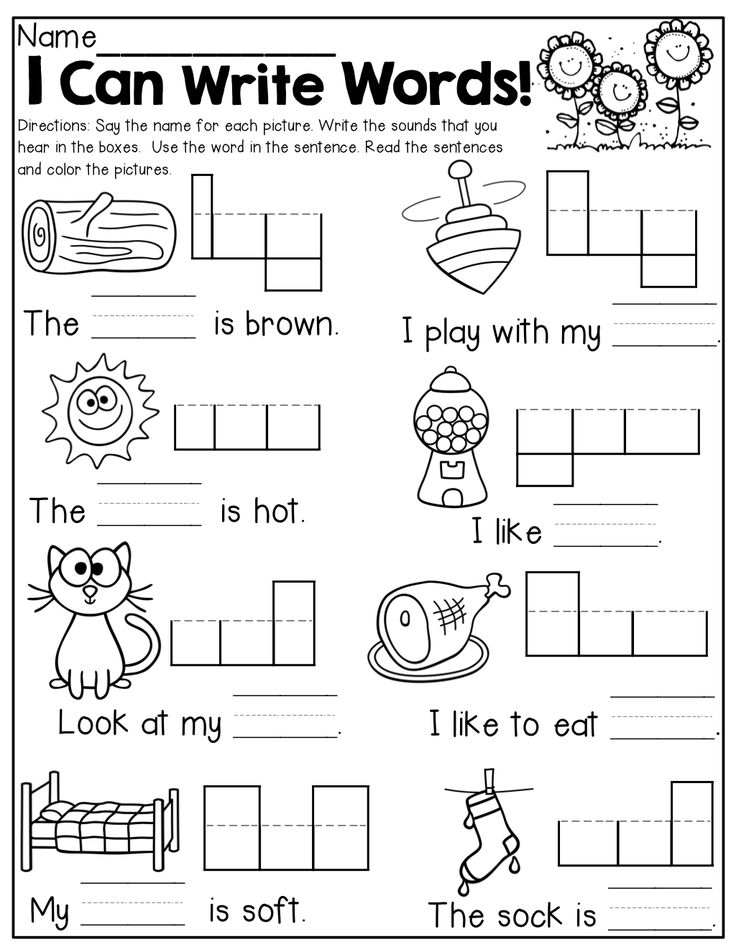 Each player tosses a coin and waits to see the corresponding blend. If your coin lands in the “bl,=” cup for example, you can say, “blob”.
Each player tosses a coin and waits to see the corresponding blend. If your coin lands in the “bl,=” cup for example, you can say, “blob”.
Play continues until coins run out.
Have fun with these 8 kindergarten literacy activities and let us know which one your kiddo likes the most!
Free Kindergarten Reading Worksheets - Understanding the names of objects.
Free Kindergarten Reading Worksheets - Understanding the names of objects.
| | |||||||||||||||||||||||||||||||||||||||||
goals, benefits, program with exercises
After the child has learned to read in syllables, he will have to master the skill of reading full-fledged texts. Teaching children to read is a complex and time-consuming process that requires the right approach. This article will cover all the important issues. concerning the introduction of children to literature.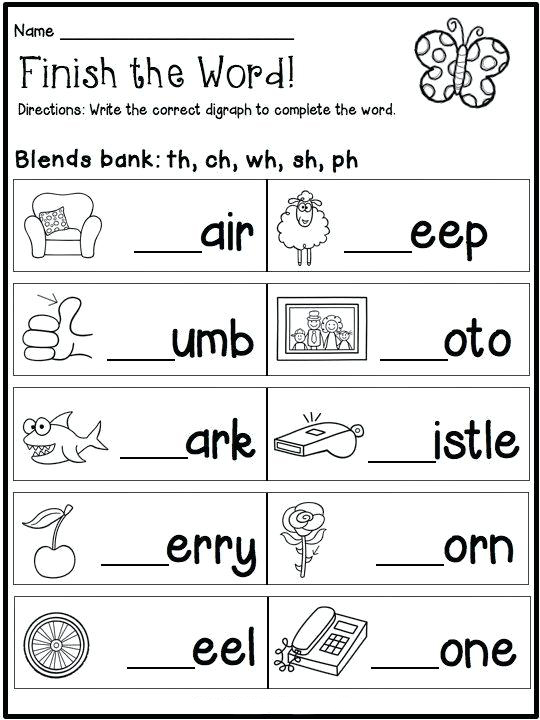
The importance and purpose of reading for preschoolers
Reading is a skill that every adult needs. The sooner the kid starts learning to work with texts, the sooner he will be able to take advantage of all the benefits that will become available to him.
Learning to read is best with parents
Reading is responsible for the development of such skills as the analysis of the text read, the perception and retelling of the information received. It replenishes vocabulary and develops logical thinking. Working with fiction already at an early age forms a competent, beautiful and correct speech, and the child himself learns to freely express his thoughts in his native language.
Reading is also responsible for the formation of moral and cultural values, character and worldview. With its help, the baby indirectly gets acquainted with the past, future and present. The most important spiritual qualities, such as mercy, compassion, the joy of someone else's success, children also often draw from books.
The goal of reading fiction in kindergarten is to master all of the above skills, and most importantly, to instill in children a love of reading. All this can be achieved with the help of works of Russian folklore. Interesting and fascinating stories of fairy tales will teach the younger generation to see the plot, climax, denouement in the work. On a subconscious level, they will catch what the plot is and will be able to divide the characters into "good" and "bad". All this develops logical thinking and contributes to comprehensive development.
Important! Literary education plays a huge role for preschoolers, because it is one of the key factors in their upbringing. The book will become a means of understanding the surrounding world, its way of life and foundations.
At what age can you start learning
Each kid needs an individual approach, so there is no clear age when you need to start teaching him to read. There are generally accepted age limits, but even here there are many pitfalls.
Modern realities force inexperienced parents to chase time, and this often affects their children. Ambitious adults try to invest in the child all the skills as early as possible: knowledge of foreign languages (often English), reading and much more. Now a child who came to the first grade, being able to read, is not uncommon. But is it necessary to take away their childhood from preschool children for what they will be taught anyway in the future? Each parent decides for himself.
Every parent decides when to teach a child to read
Determining the optimal age to start reading classes ends with the fact that the best time is when the child reaches for literature on his own. As a rule, this is a period between six and seven years.
Important! A child cannot just pick up and want to learn to read. Everything should come from the family. In order for the baby to independently take the initiative, he must learn this from adults. Parents should read aloud to him before going to bed, be able to turn spending time together into a game.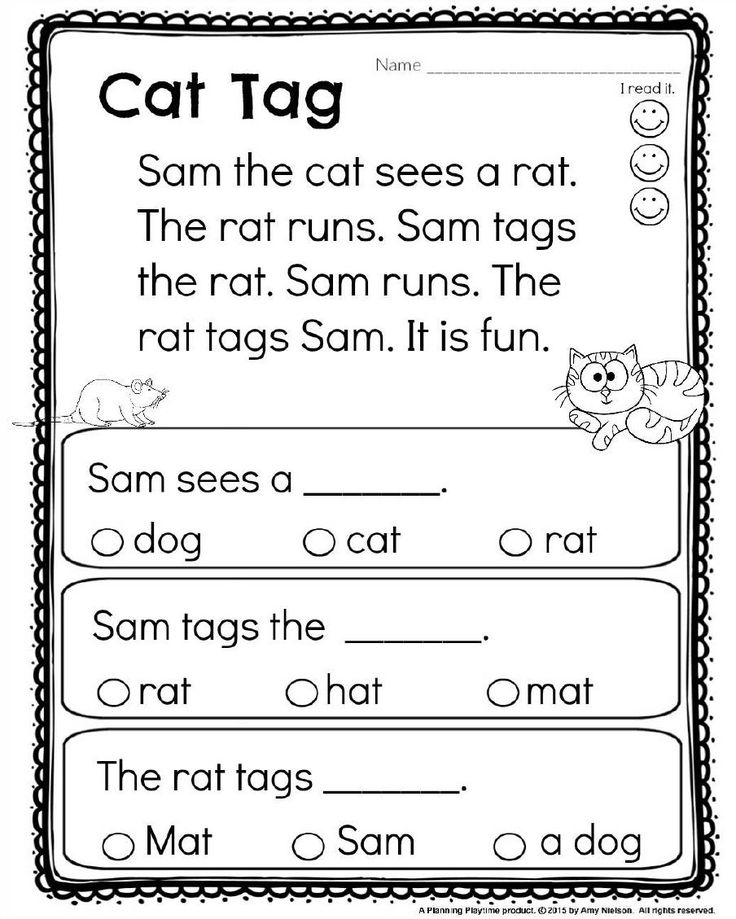
It is unlikely that a child of 3-4 years old will want to read a book on his own. At this age, he can be taught to mechanically add syllables into words, but he will not understand the meaning of what he read. This practice often leads to the formation of an internal barrier to further learning, and there is no benefit from it.
When a child begins to be interested in books, parents need to be able not to take this interest away from him.
Please note! When the kid nevertheless reached for literature, he did not become an adult. All learning should not take much time - at this age, it is difficult for children to focus on long-term perception of information, and even more so on its comprehension.
The ideal option is to turn reading for toddlers into an entertaining game. Then the learning process will not be perceived with rejection, which is a normal reaction of the brain to something new.
However, even if a child of 6-7 years old cannot read, this is not backwardness, but a normal phenomenon. It's time to start teaching him this. The GEF program offers tasks for learning to read from scratch at this age. Often, audio lessons are sold as an app for textbooks.
It's time to start teaching him this. The GEF program offers tasks for learning to read from scratch at this age. Often, audio lessons are sold as an app for textbooks.
How to start your first reading
There are a huge number of methods that offer parents the most sophisticated options for gently teaching children to read. But is it worth it to surround the child with cards with words from 5-6 months?
Parents also learn in the process
In order for reading to children aged 5-6 not to become news, it is necessary to surround the child with written information from childhood. The alphabet on the wall, books in the house, cubes with letters - the kid must get used to the fact that textual information is an indispensable part of life.
Everything should go from simple to complex. First letters, then syllables, then words, sentences, and text. Learning letters with a child is not difficult if you turn everything into a game. For example, you can print coloring pictures with letters on cards, and in the process of coloring invent which words begin with this letter.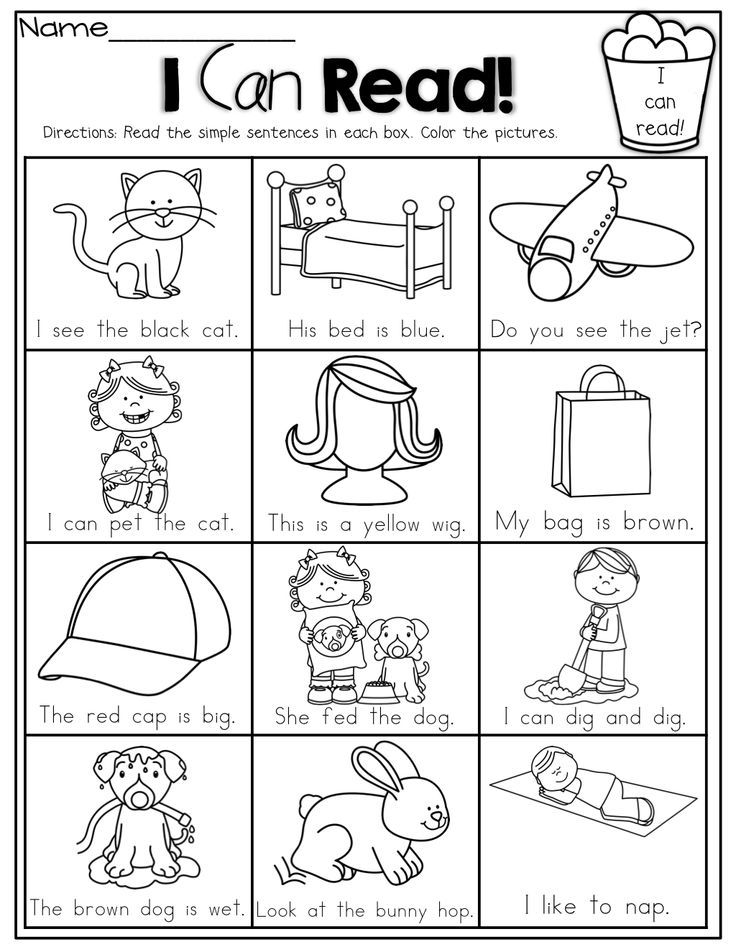
Important! We must not forget about the most important component of the Russian language - sounds. It is necessary to teach the child to understand and pronounce sounds in a timely manner. This will help him master reading much faster.
When the child has mastered the letters, syllables and sounds, you can move on to reading words. It is important to be patient with classes and make sure that the child does not feel discomfort. Do not rush him if he thought about the name of the next letter. Each lesson is the work of two, but the main task lies with an adult.
Additional information. Do not exercise with your child for more than 15-20 minutes a day. This is the optimal time for which the baby can concentrate, subject to interest. Fast learning to read does not depend on the duration of the lessons, but on their regularity and quality.
Reading short stories or fairy tales before bed is a good option for the first group activities.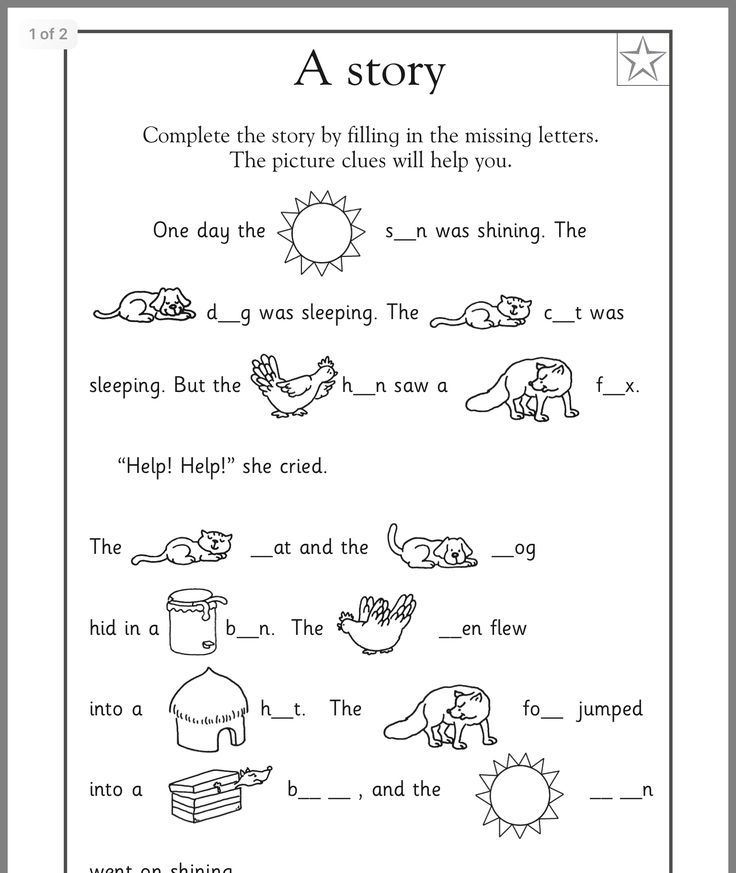 This is suitable for those cases when the baby has already mastered the letters and syllables. At this time, the parent reads the text on his own, occasionally inviting the child to try to read this or that word. It is worth choosing words that make sense, but not too complicated.
This is suitable for those cases when the baby has already mastered the letters and syllables. At this time, the parent reads the text on his own, occasionally inviting the child to try to read this or that word. It is worth choosing words that make sense, but not too complicated.
For example, if the story is about a snail, you can ask the child to read the word "snail" and show it in the picture. The main thing is to make sure that the child does not learn to guess the words by the connection of the first letter and the picture. How to avoid this will be discussed below.
If a parent really wants to teach a child to read, but absolutely does not know how to approach this matter, it makes sense to purchase a special manual in a bookstore. It can also be found online in the form of a presentation. This literature is aimed at educating parents.
How teaching should be done
Despite the lack of a single methodology for teaching reading, there are rules that will help parents learn to read for preschoolers.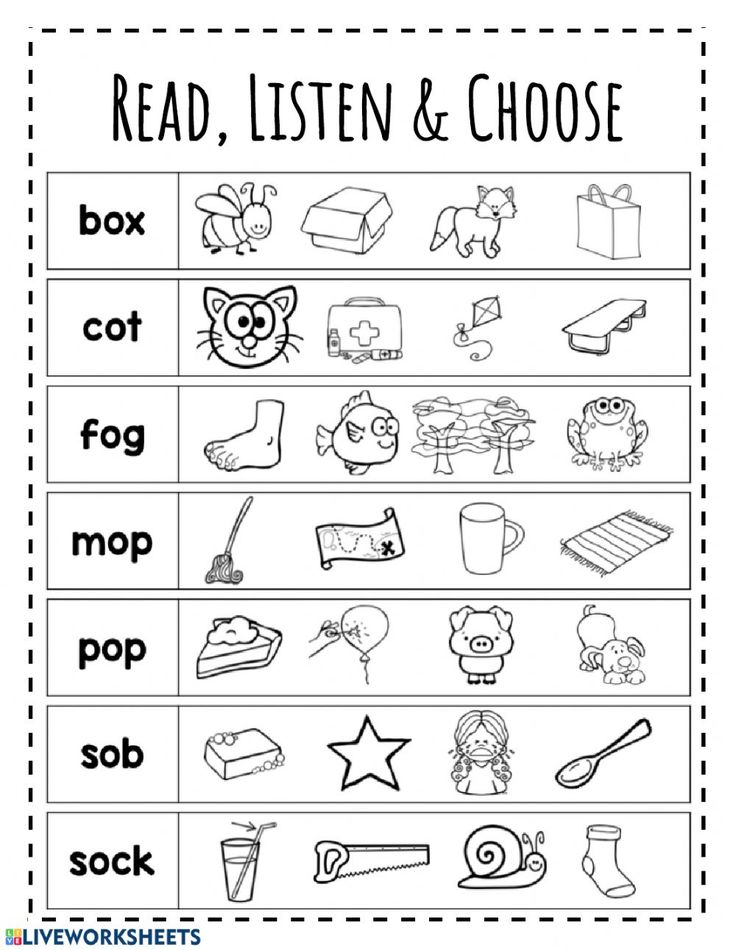
Important! Each parent can independently determine the algorithm by which he will introduce his child to literature. The main thing to remember is that the entire responsibility for the educational process lies with the teacher, in this case, the parent.
Those who doubt their own abilities can seek the help of a specialist. The modern service market offers a huge number of teachers who are ready to teach a child to read at least at five, at least at six or seven years.
It is better for parents to take care of a child
But will it be interesting for a child to engage in an unfamiliar business with a stranger? Probably not. Therefore, adults should carefully consider everything and honestly answer the question, do they want to take away the carefree time of childish pranks from their child and spend it studying?
Reading simulators
It is customary to start learning to read from books where words are accompanied by pictures.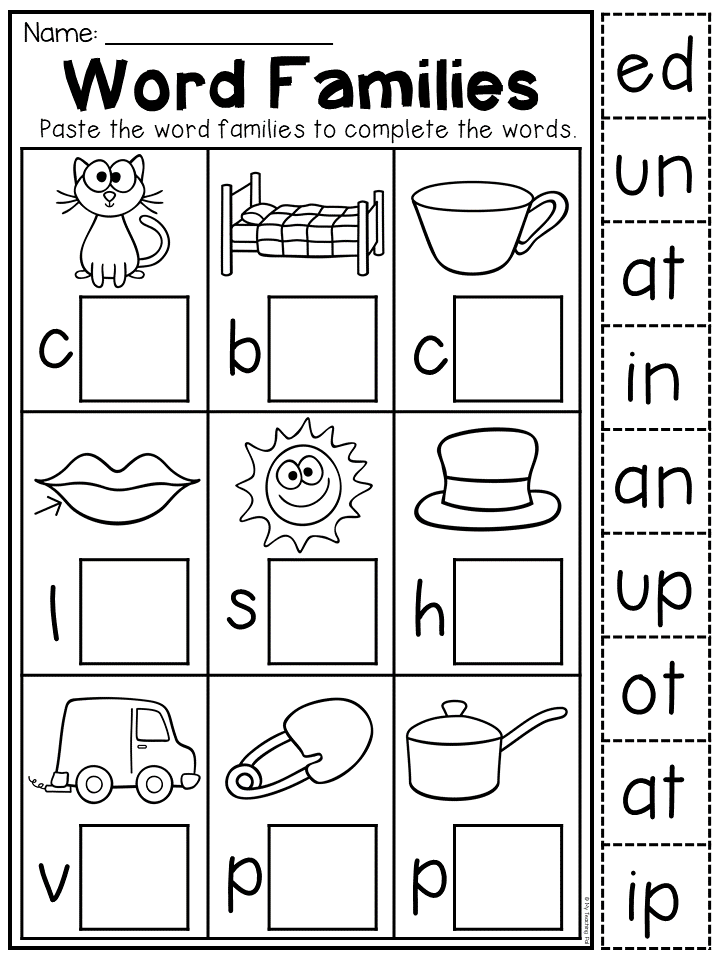 However, it is often easier for children to read the first letter and, by comparing it with the picture, guess the word. To avoid this, it is proposed to use a card index with words.
However, it is often easier for children to read the first letter and, by comparing it with the picture, guess the word. To avoid this, it is proposed to use a card index with words.
First, the child is given cards with three-letter words: house, cat, garden….. When he has learned to read such words freely, you can move on to cards with four-letter words. Next - words, where three, four syllables.
Important! Such a simulator assumes the absence of a word-picture-object association, so you cannot focus only on classes with it. But the practice of "only words" is sometimes helpful.
Another good reading simulator for preschoolers that develops the child's ability to think logically and increases the speed of reading - anagrams. It is worth offering to make a word out of a set of letters, and help the kid understand the essence of the game, and it will definitely drag him out. For clarity, the letters can be printed on a sheet of paper and cut out.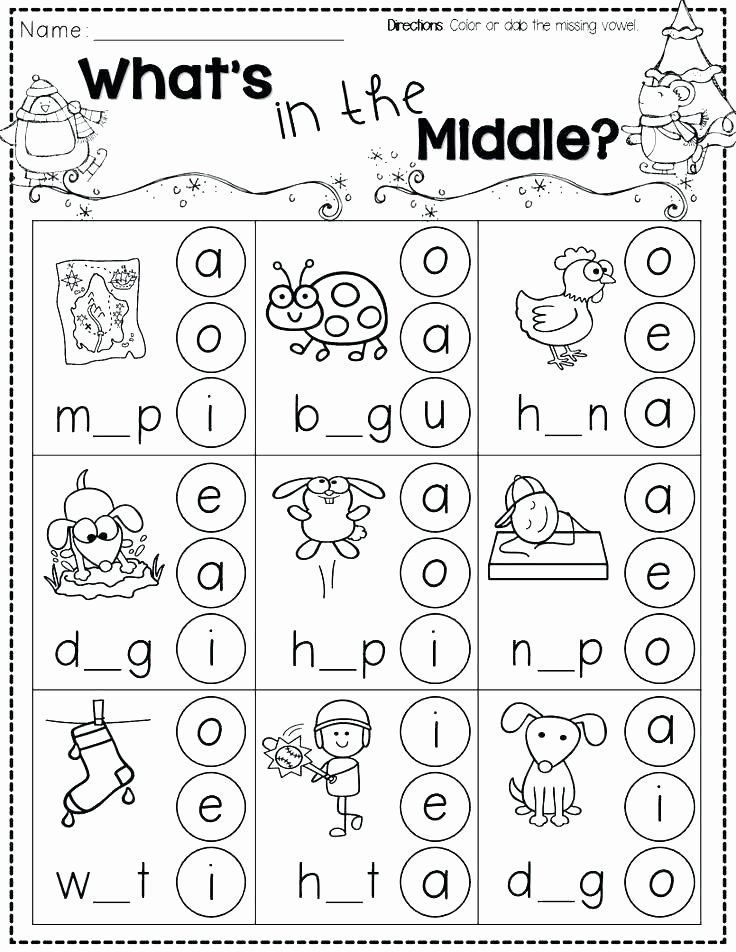 For example, from "yarub" the child will have to collect the word "storm".
For example, from "yarub" the child will have to collect the word "storm".
An example of a simulator with cards
Useful exercises
An interesting exercise that helps develop a child's interest in reading and quickly consolidate the already mastered skill - "half a word". It is necessary to close the words in the sentence exactly halfway with a ruler, and invite the child to read them.
You can also print simple words on the cards, cut the papers in half, and invite the child to collect the words piece by piece. Such an interesting task will cause excitement in the kid. And the presence of passion implies the presence of interest, which is one of the key factors in the process of teaching preschoolers to read.
Reading by syllables
At the initial stages of teaching preschool children to read, the most important moment is reading by syllables. This is what will become the basis for reading words in the future.
When the preschooler has finished learning the letters, the usual alphabet can be replaced with the “alphabet with syllables”. It will help the child to visualize the sounds and syllables from which these sounds are obtained. It also assumes the existence of rules on some syllables (there is no combination “chya” - it is replaced by “write thicker with the letter a”).
It will help the child to visualize the sounds and syllables from which these sounds are obtained. It also assumes the existence of rules on some syllables (there is no combination “chya” - it is replaced by “write thicker with the letter a”).
Important! It is better to start teaching your baby to read with repeated syllables. For example, ma-ma, pa-pa, uncle-dya and others. This exercise will help the child comprehend the connection of syllables and words.
How often should you study with a child
The key to success in mastering any skill lies in regularity. The more regular the classes, the better. But it is not in vain that they say that repetition is the mother of learning. So do not forget about the importance of repeating the previously studied material.
Most of the manuals offer 15-20 minutes of lessons with children of primary preschool age daily, but this scenario is not suitable for everyone.
Some children find reading difficult, both in the process and in general.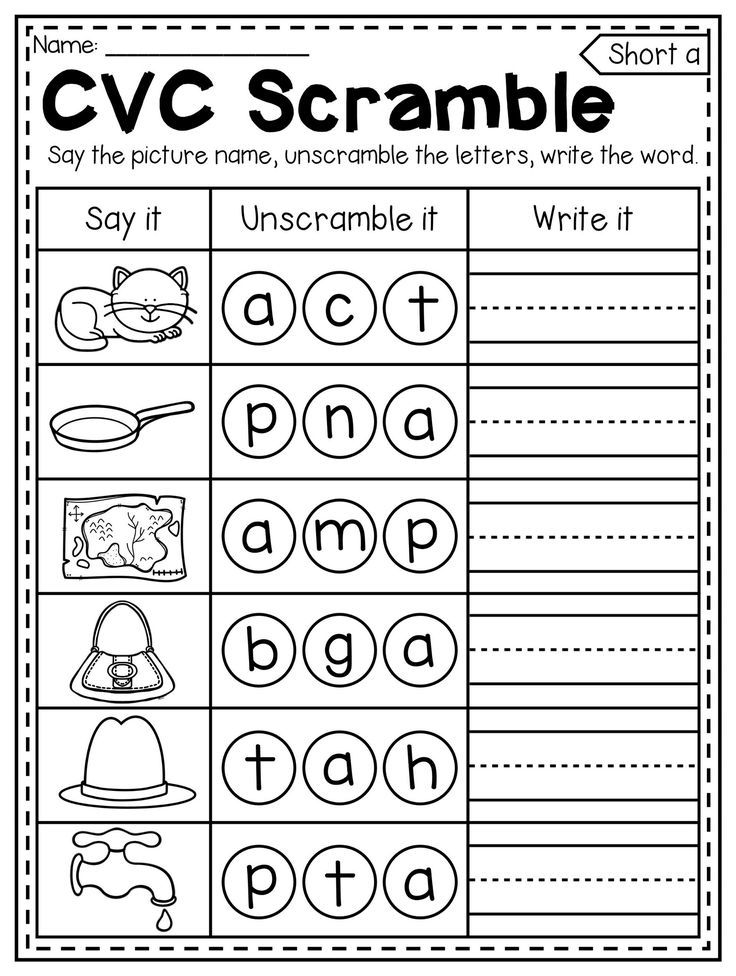 We must not forget that every child is an individual with their own tastes, preferences, hobbies. A child may not like reading, and this is not scary.
We must not forget that every child is an individual with their own tastes, preferences, hobbies. A child may not like reading, and this is not scary.
In order for the child to like classes, he needs to be interested
In cases where the child finds it difficult to study, it is too early to give up. It makes sense to take breaks between classes in 1-2 days.
Important! Also, parents should remember that in the preparatory groups of the preschool educational institution, educators also work with children. You should not overload the child when he did a good job in kindergarten, otherwise he will quickly get bored.
Books for independent reading at 6-7 years old
Independent reading for children involves the selection of the correct literature. After all, the key factor in the question of a preschooler's interest in a particular book will be its content.
Unfortunately, the modern market is full of books with interesting content, but an absolutely perverted concept of morality. The first literary experience of a child should be not only entertaining, but also useful. After all, as mentioned earlier, books form not only the mental skills of a person, but also engage in his spiritual education.
The first literary experience of a child should be not only entertaining, but also useful. After all, as mentioned earlier, books form not only the mental skills of a person, but also engage in his spiritual education.
In order not to make a mistake with the choice of a book, then a list of suitable literature for self-reading of children of primary preschool age will be compiled.
Family reading classes
- The Little Humpbacked Horse (Peter Ershov).
- Scarlet Flower (Sergey Aksakov).
- Silver Hoof (Pavel Bazhov).
- Pushkin's Tales ("The Tale of the Golden Cockerel", "The Tale of the Orybak and the Fish").
- The Wizard of the Emerald City (Alexander Volkov).
- "Old Man Hottabych" (L. Lagin).
- "Three fat men" (Yu. Olesha).
- "The Adventures of Pinocchio" (A. Tolstoy).
- "Deniska's stories" (V. Dragunsky).
- The Little Prince (A. Saint-Exupery).
- "Mowgli" (R. Kipling).
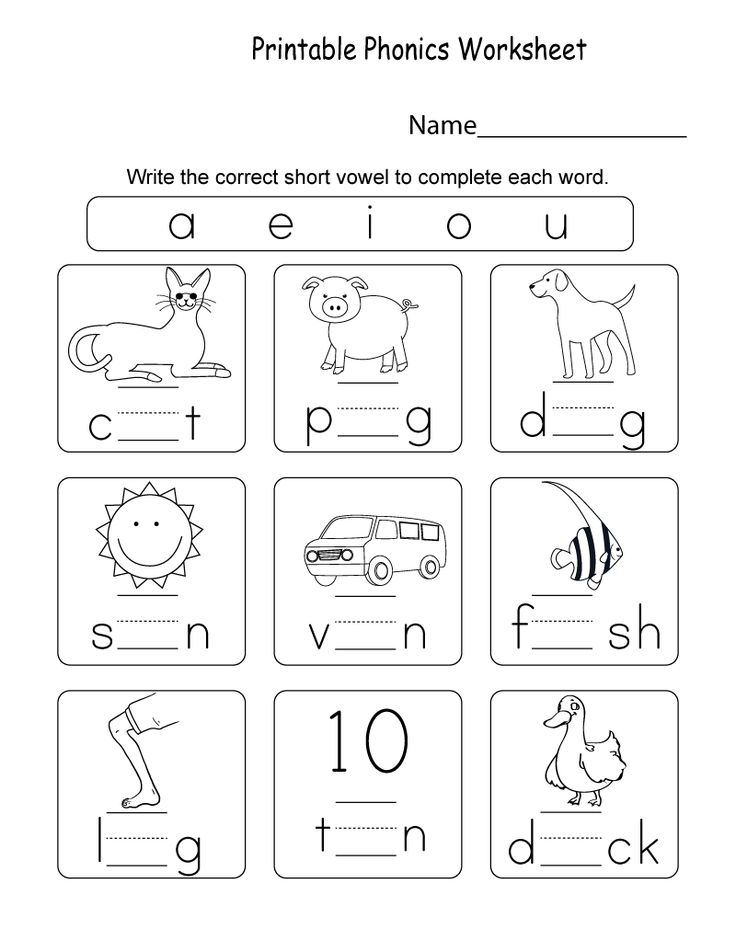
- "Winnie the Pooh and all-all-all" (A. Milne).
In conclusion, it is worth noting that it is important, but not necessary, to teach a child to read at preschool age. The right approach to classes and the right choice of literature for joint or independent reading will be the key to success. And all parents should remember that the baby will love them equally, regardless of the age at which they taught him to read.
| Development reading techniques. Reading - is a complex psychophysiological process in which visual, speech-motor, speech-auditory analyzers. It is customary to characterize reading skill, naming its four qualities: correctness, fluency, expressiveness and consciousness (semantic component). 3 first components called technical, they characterize the child's reading technique. Quality like correctness is defined as fluent reading without distortion affecting meaning readable. It is expressed in the fact that the student avoids, or, on the contrary, allows substitutions, omissions, permutations, additions, distortions, repetitions of letters, syllables and words. Reading fluency is characterized by a certain number of words spoken per minute. The reading pace is direct dependence on the way of reading and, of course, understanding. expressiveness manifested in the ability to reasonably use pauses; do boolean stress; find the right intonation, prompted by punctuation marks; read quite loud and clear. Offer exercises for developing reading skills: 1. A column of words. Alternately read the words aloud in a column of words, trying in one minute read this column more and more times. 2. Write letters and read them. Sound workout. a-o-u-s-i-e; a-y, a-o, y-i, uh, uh, aouie, aiuoe; s-z-zh, sh-zh-s, zha-cha-shcha, zhba-zhbe. 3. Read tongue twisters, each time increasing the pace. 4. Select from given the text of the word, in which 4-5 syllables, learn how to pronounce them. 5. Photo-eye game. Take a picture (memorize) a few words written by adults and answer to the question, is the word that the adult says in the list or not? 6. Find the desired line in the text (the exercise trains the vertical movement of the eyes across the page). 7. Speed comparison reading known text and unfamiliar. 8. Adult reading (the exercise develops the speed of pronunciation of words). 9. Find in one minute in the text of the word to any letter. 10. Find a second half word: kos ---- no one's mo ---- ment ko ---- on the forest ---- ta ro ---- wok go ---- sa steam---mos co----torus weight---rod. Organization works: 1. Start a reader's diary, which indicates the author of the work, its title, measurements of technique reading. 2. Check understanding of the read text when measuring the reading technique, using the following options assignments: the child must answer the questions of an adult after reading the text, he make up questions, come up with the title of the read text, formulate main idea, retell the text. 3. When checking equipment read prepositions and conjunctions as whole words. 4. Do not read daily less than 20-30 minutes, 5 minutes training in reading technique, i.e. read the same text several times, each time noting how many words were read per minute, trying to get closer to the norm. 5. Recommended texts writers: A.S. Pushkin, L.N. Tolstoy, M. Here are some more useful tips: 1. Not important duration and frequency of training exercises. What is often possible observe in many families? Mom sits down her son, who is ill reads, for a book and says the following: "Read this tale. Until If you read it, don't leave the table." With that low reading technique, which possessed by a first grader, it takes him an hour and a half to read this short fairy tale. This is an hour and a half of very hard work. Mom allows here a very serious pedagogical error, suppressing the child's desire to read. It was it would be much better if home training was carried out in three portions of 5 minutes. A small paragraph the child reads and retells its content, after an hour or two another portion. Another serving before bed. The effectiveness of such training is much higher than training for an hour and a half at a time. 2. Good results gives reading before bed. 3. If the child is not likes to read, then a gentle reading mode is necessary. Indeed, if the child is not likes to read, this means that he has difficulty reading. Mode sparing reading is such a mode when the child reads one or two lines and after that he will get a short rest. This mode is automatically it turns out if the child looks at filmstrips; two lines under the frame read, looked at the picture — rested. The next frame - again two lines read, looked at the picture again. Can be highly recommended to parents, children read reluctantly, this method of learning. Read in order: a few frames are read by the child, then, when the first signs of fatigue, parents are connected. 4. Found that the development of reading technique is often hampered due to underdeveloped operational memory. 5. Visual dictations. Six sentences of one of the sets are written on a piece of paper and closed with a sheet paper. Then the sheet is shifted down so that the first sentence is visible, and the child reads to himself for a certain time, trying to remember it sentence. The exposure time is usually short: from four to seven seconds. By after this time, the offer is closed and the child is invited to write down him in a notebook. Perhaps someone in the recording process will say: I don’t remember sentence. How to be in this case? You have to be very calm. Without irritation, kindly say: Well, write down what you remember, and in try to remember more next time. This is followed by exposure, reading and memorization of the second sentence. After the offer is hidden its also write down in a notebook. For six sentences of one set, usually from five to eight minutes time. In two months there is an opportunity to develop an operational memory, but on one condition. This condition must be observed without fail. 6. Most effective exercises are the following: repeated reading, reading in tongue twister tempo, expressive reading with a transition to an unfamiliar part text. When conducting repeated reading should take into account that the speed of reading in children is different. Therefore, it is carried out in this way. After the start of a new story read by the parent and understood, comprehended by the child, the latter reads the text in for one minute, after which he notes to which word he managed to finish reading. This is followed by a second reading of the same passage of text. Wherein the child again notes to which word he has read, and compares with the results first reading. Naturally, the second time he read a few words more. Increasing the pace of reading causes positive emotions in the baby, he want to read again. Better to change the job and practice the articulatory apparatus on the same passage of the text, i.e. use the following exercise of the Fedorenko-Palchenko system (reading at a pace Tongue Twisters). When reading at the pace of a tongue twister, attention should not be paid to expressiveness reading, it is impossible to set two mutually exclusive tasks at the same time. This exercise is intended only for the development of the articulatory apparatus, therefore, the requirements for the expressiveness of reading are lowered here, but they are increased requirements for the clarity of reading the endings of words. Word endings should not to be swallowed, only to speak clearly. The exercise lasts more than 30 seconds. Then the third begins an exercise. Invite the child to read the text again, but a little slower, but beautiful and expressive. Do not stop the child, let him read the text before end. 7. Now the last one recommendation - assessment as a stimulus for children. At the end of the reading session Invite your child to self-measure reading speed. Let him read the text for one minute, then notes to which word he has read, recounts read the words and write the result in a kind of diary. Already in a week you can invite the baby to compare the results of a week ago (provided daily reading!). This has a positive effect on the attitude of children to workout. |

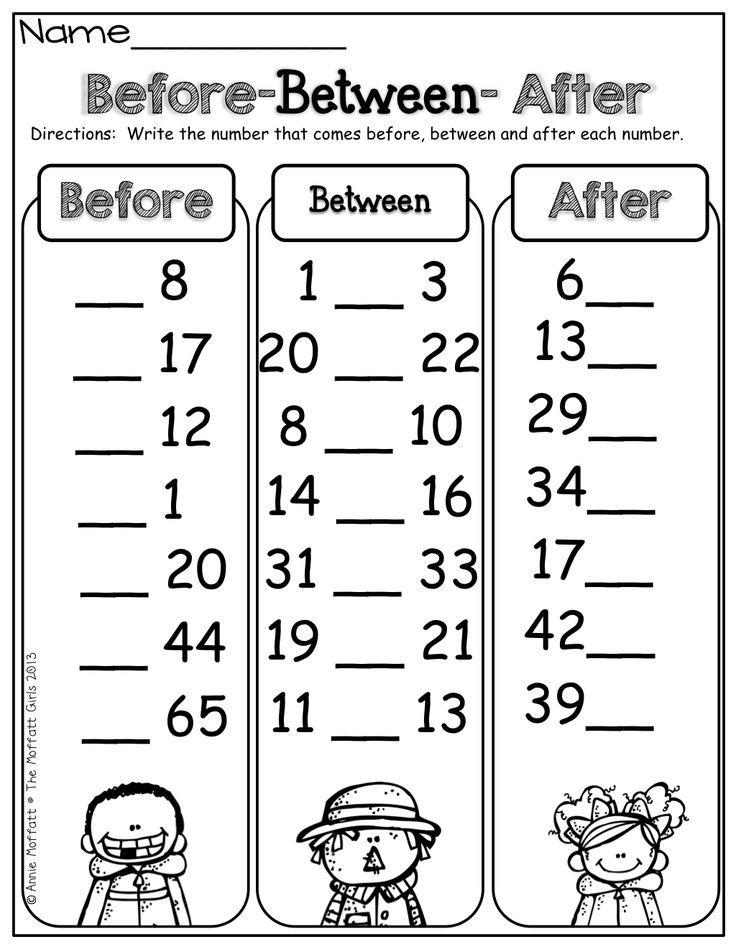 One of the first steps to reading is being able to identify the names of objects or activities with words. Most children know how to say them but many of them don’t know how they are written. The best way to learn is by saying each word out loud so that children can connect the words with each object.
One of the first steps to reading is being able to identify the names of objects or activities with words. Most children know how to say them but many of them don’t know how they are written. The best way to learn is by saying each word out loud so that children can connect the words with each object.  Children who have an iPad or other tablet device can actually draw on the worksheets with their fingers. When creating these free kindergarten worksheets, we tried to make the learning material both fun and educational. We hope that these reading English worksheets serve as a good supplemental learning tool for parents and teachers.
Children who have an iPad or other tablet device can actually draw on the worksheets with their fingers. When creating these free kindergarten worksheets, we tried to make the learning material both fun and educational. We hope that these reading English worksheets serve as a good supplemental learning tool for parents and teachers.
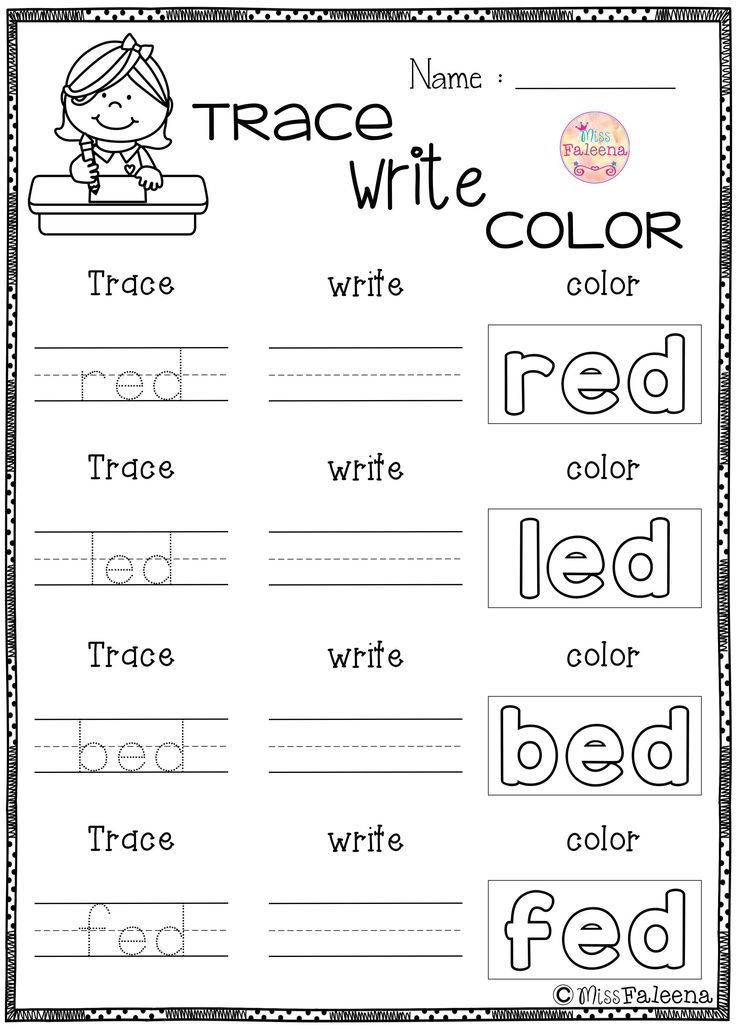
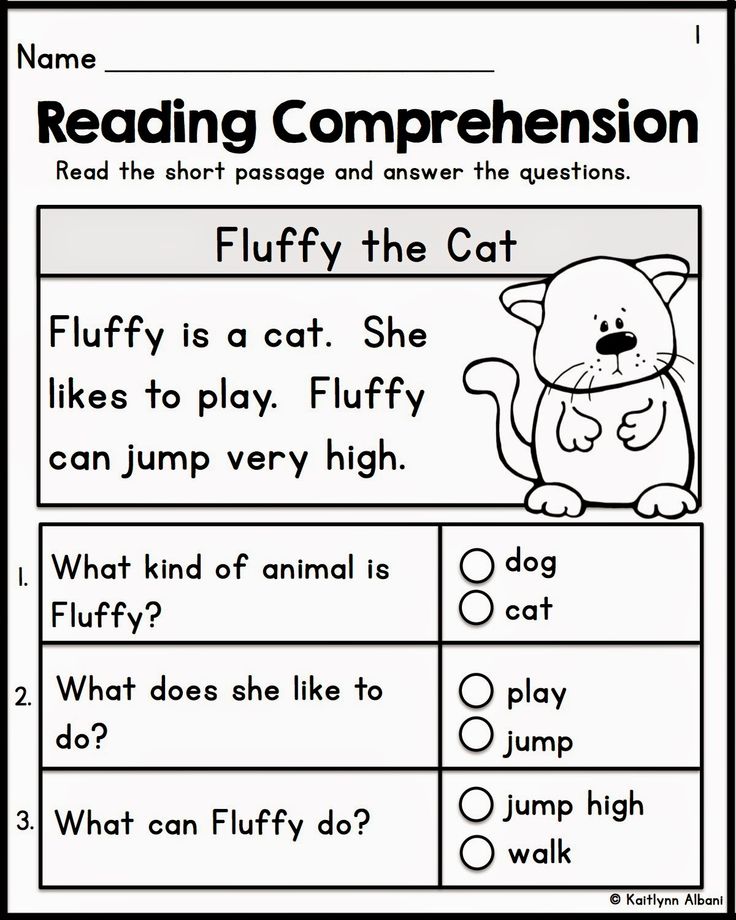
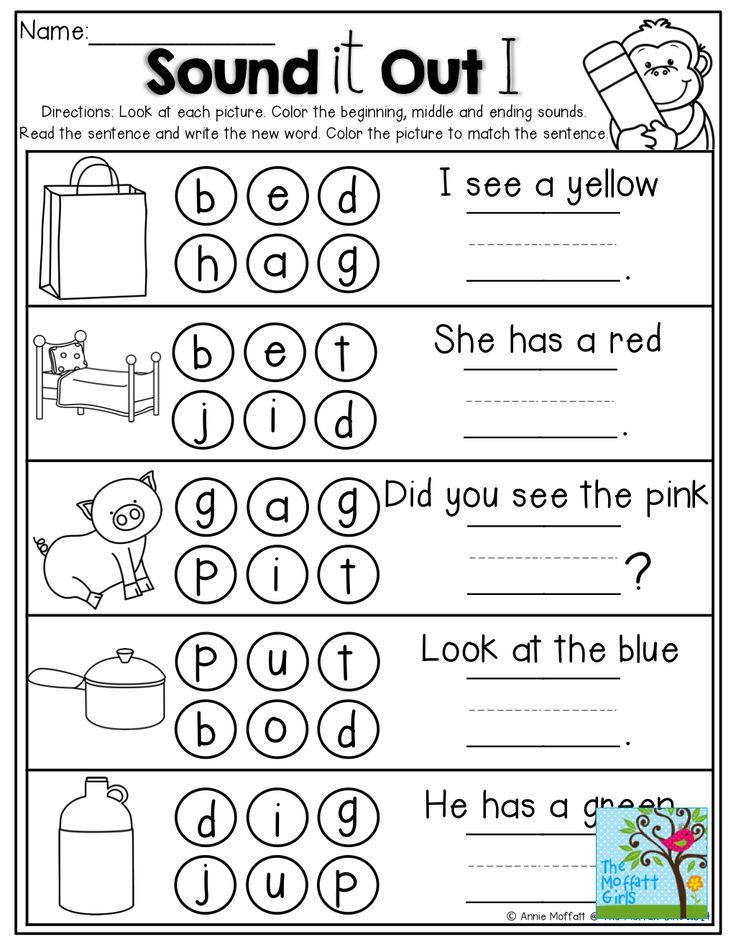 M. Prishvina, N.N. Nosova, V.V. bianchi, V.Yu. Dragunsky.
M. Prishvina, N.N. Nosova, V.V. bianchi, V.Yu. Dragunsky. 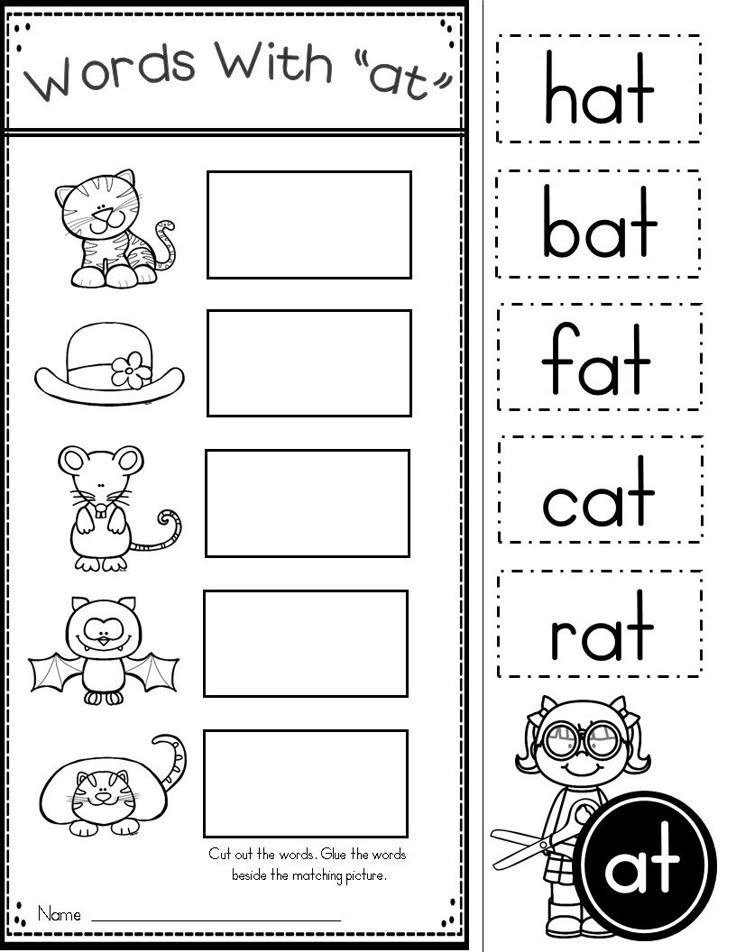 The fact is that the last events of the day are recorded emotional memory, and those eight hours when a person sleeps, he is under their impression. The body gets used to this state.
The fact is that the last events of the day are recorded emotional memory, and those eight hours when a person sleeps, he is under their impression. The body gets used to this state.  What does it mean? For example, a child reads a sentence consisting of 6-8 words. Having read up to the third or fourth word, I forgot the first word. Therefore he cannot grasp the meaning of the sentence in any way, cannot link all the words together. In this case, you need to work on the RAM. This is done with with the help of the so-called visual dictations, the texts of which are developed Professor I. T. Fedorenko. In each of the 18 sets, there are six sentences. The peculiarity of these sentences is this: if the first sentence contains only two words - Snow is melting—8 letters, then the last sentence of the eighteenth set already consists of 46 letters. The increase in the length of sentences occurs gradually, according to one or two letters. The operating time with all 18 sets is approximately two month. Thus, in two months, RAM develops so much that the child can already memorize a sentence consisting of 46 letters, that is, from eight or nine words. Now he easily catches the meaning of the sentence, read to him becomes interesting, and therefore the process of learning to read goes much faster.
What does it mean? For example, a child reads a sentence consisting of 6-8 words. Having read up to the third or fourth word, I forgot the first word. Therefore he cannot grasp the meaning of the sentence in any way, cannot link all the words together. In this case, you need to work on the RAM. This is done with with the help of the so-called visual dictations, the texts of which are developed Professor I. T. Fedorenko. In each of the 18 sets, there are six sentences. The peculiarity of these sentences is this: if the first sentence contains only two words - Snow is melting—8 letters, then the last sentence of the eighteenth set already consists of 46 letters. The increase in the length of sentences occurs gradually, according to one or two letters. The operating time with all 18 sets is approximately two month. Thus, in two months, RAM develops so much that the child can already memorize a sentence consisting of 46 letters, that is, from eight or nine words. Now he easily catches the meaning of the sentence, read to him becomes interesting, and therefore the process of learning to read goes much faster.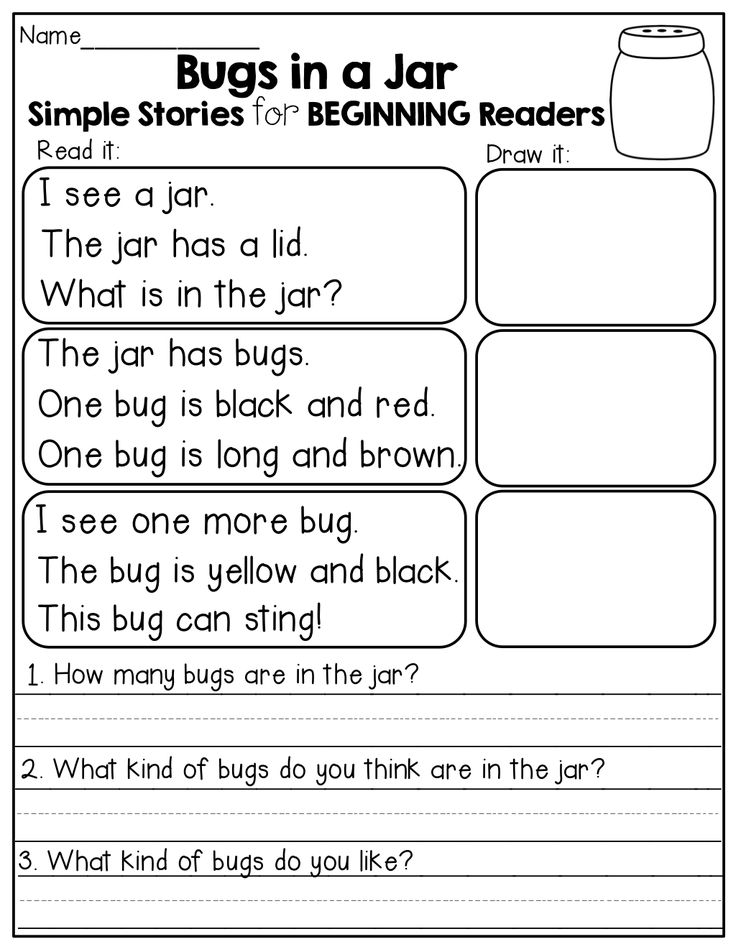
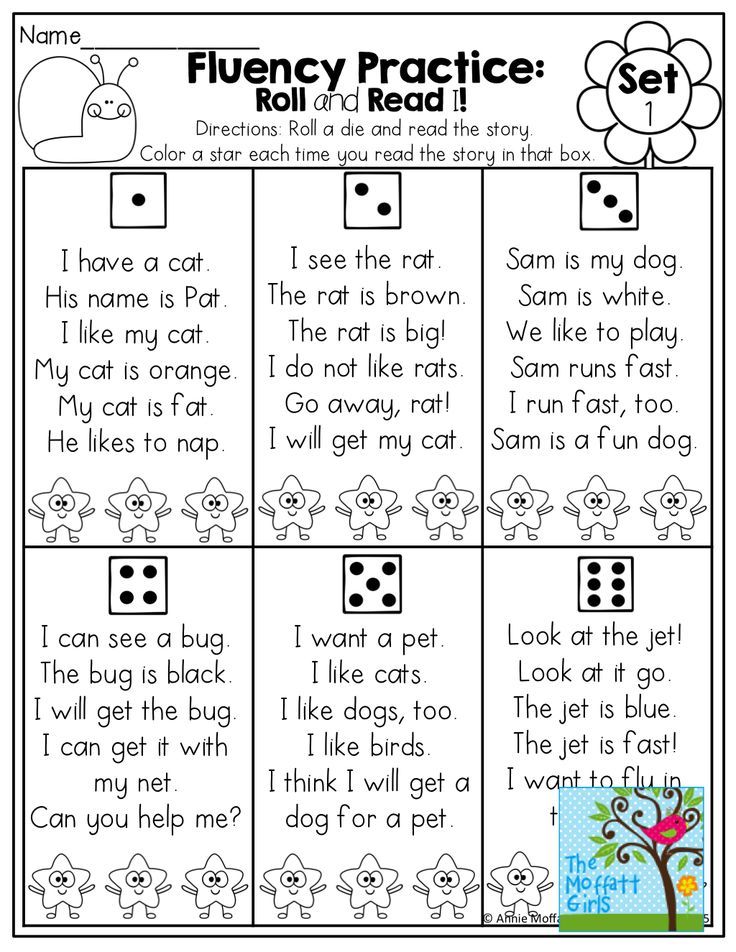 visual dictations must be written daily. If you write visual dictations every other day, then such training almost does not develop RAM. If you write in two on the third day, then you can not write at all - this does not give anything.
visual dictations must be written daily. If you write visual dictations every other day, then such training almost does not develop RAM. If you write in two on the third day, then you can not write at all - this does not give anything. 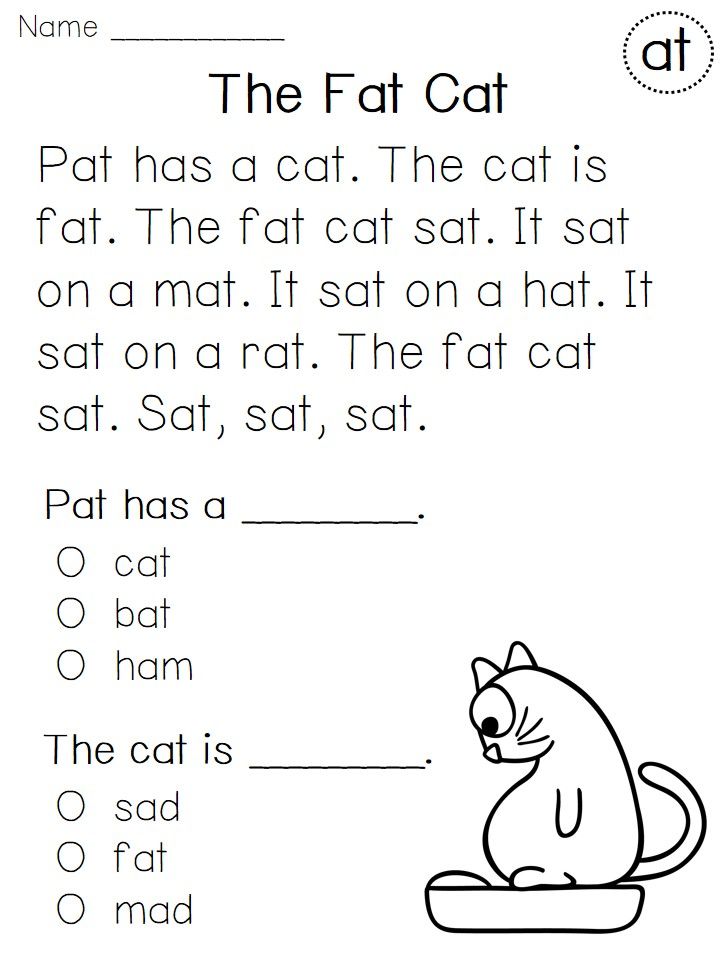 However, one should not read the same text more than three times. excerpt.
However, one should not read the same text more than three times. excerpt. 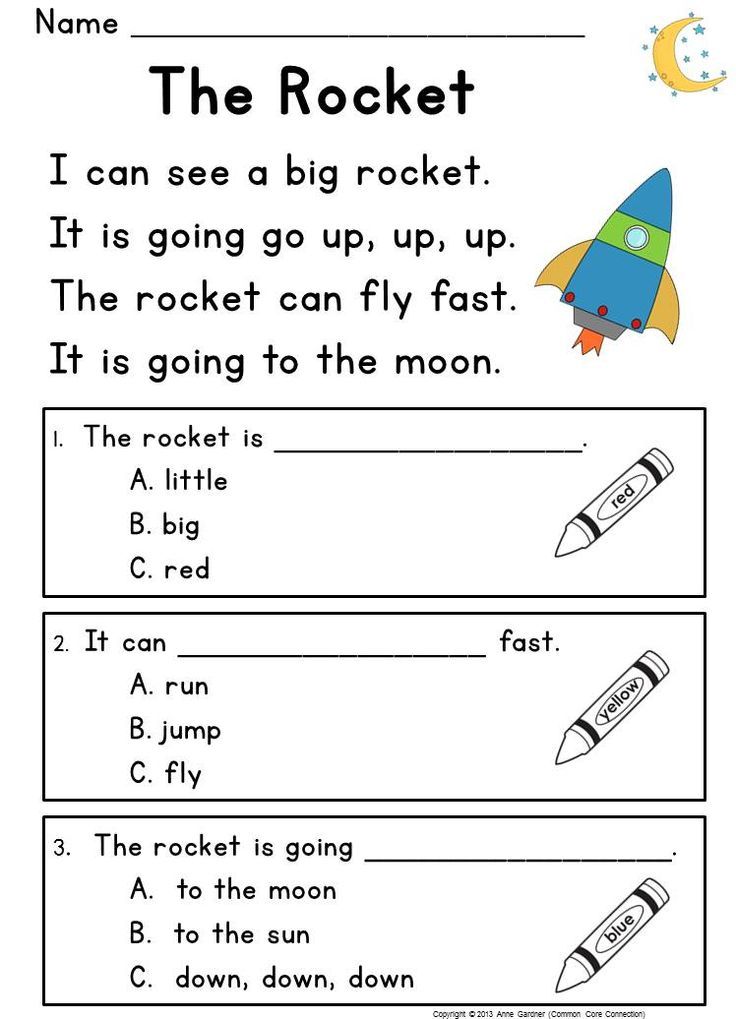 He smoothly moves to an unfamiliar part of the text. And here is done a small miracle, which consists in the fact that a child who has repeatedly read the same passage of text at an increased pace of reading, when switching to unfamiliar part of the text continues to read it at the same increased pace. His opportunities are not enough for a long time (half a line, a line), but if every day to carry out such exercises, then in the end the duration of reading at an increased tempo will increase. After two to three weeks, the child's reading is noticeable will improve.
He smoothly moves to an unfamiliar part of the text. And here is done a small miracle, which consists in the fact that a child who has repeatedly read the same passage of text at an increased pace of reading, when switching to unfamiliar part of the text continues to read it at the same increased pace. His opportunities are not enough for a long time (half a line, a line), but if every day to carry out such exercises, then in the end the duration of reading at an increased tempo will increase. After two to three weeks, the child's reading is noticeable will improve. 
